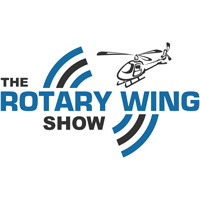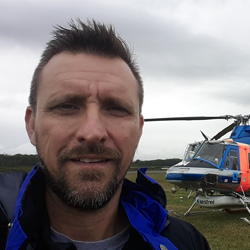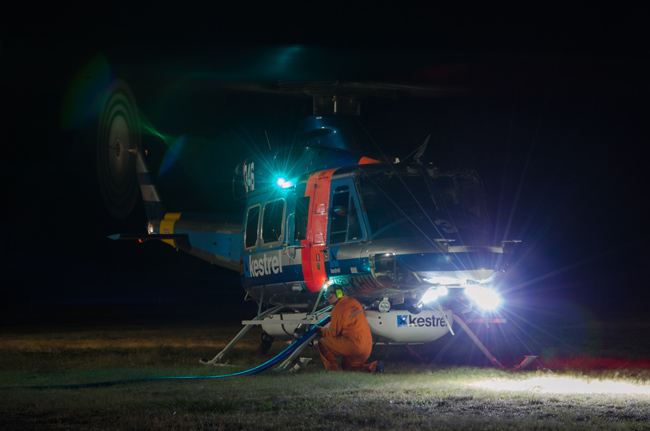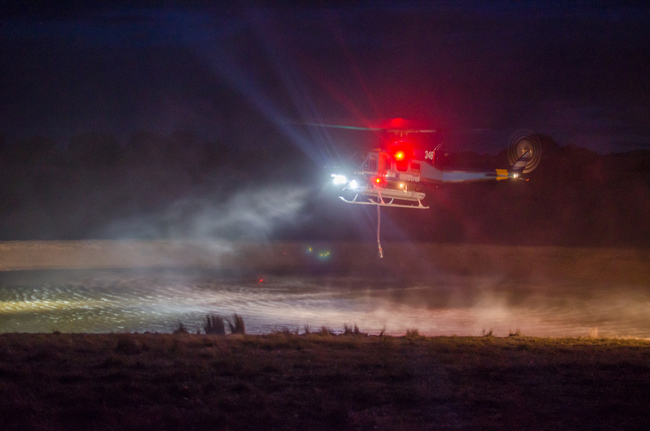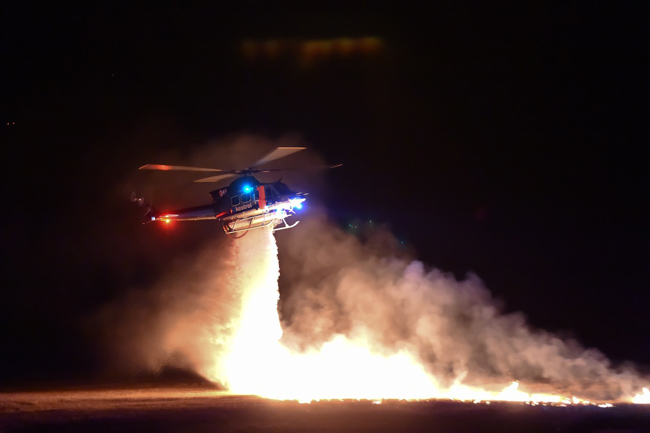Podcast: Play in new window | Download
Subscribe: Apple Podcasts | RSS
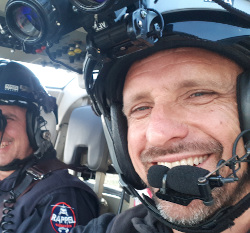
We first looked at night aerial firefighting in episode 65 when the capability had just finished the first trials in Australia. Now with two more fire seasons of experience fighting fires at night, Richard Butterworth is back to give an update on the continuing road map and what as been achieved so far.
Richard Butterworth is Head of Training at Kestrel Aviation based in Mangalore, Victoria. It is about 1 1/2 hours drive north of Melbourne. Kestrel has been developing a night aerial firefighting capability and has put a significant amount of private investment behind Richard, their other staff and equipment to become one of the first Australian operators to gain CASA approval.
Don’t forget to check out past episodes on Episode 65 Night Aerial Firefighting and Aerial Fire Fighting
The benefits on a fire scene range from not just the extended hours avaliable (Richard also talks about the daylight hours lost on current fires due to morning briefing requirements) but also the generally calmer conditions and colder temperatures reducing the intensity and speed of fires. This ‘quietening’ of the fireground provides more of a chance to affect the outcome with water drops.
The big advance in approvals for the night capability has been the successful proving of and then approval to conduct hover refills from natural water sources at night. The initial trials were only conducting using stationary ground refills from a prepared position. This allows crews to find water sources at night close to the fire and refill as they would for day operations – a corresponding reduction in logistical support and an increase in flexibility is gained. This was considered by many to be a world first, with other countries initially preferring ground filling operations.
To date one restriction on their operations was a requirement for a day reconnaissance of the fire location prior to going back out and operating at night. This was in place as an early risk mitigation factor as part of the first approvals by CASA. The goal now is to move to a first attack capability where crews can be the first response on scene during night hours opening up additional flexibility and greater impact for the firefighters on the ground.
Crews so far have operated entirely under visual flight rules which places certain requirements for weather and visibility for the holding of alternate airfields. In the future having the ability to recover on instruments under IFR to suitable airfields is another way of increasing the operational availability. During the large, widespread fires of January 2020 there were occasions where visibility due to the smoke was so bad and over such an extent that it was impossible to hold an alternate airfield anywhere in the state of Victoria.
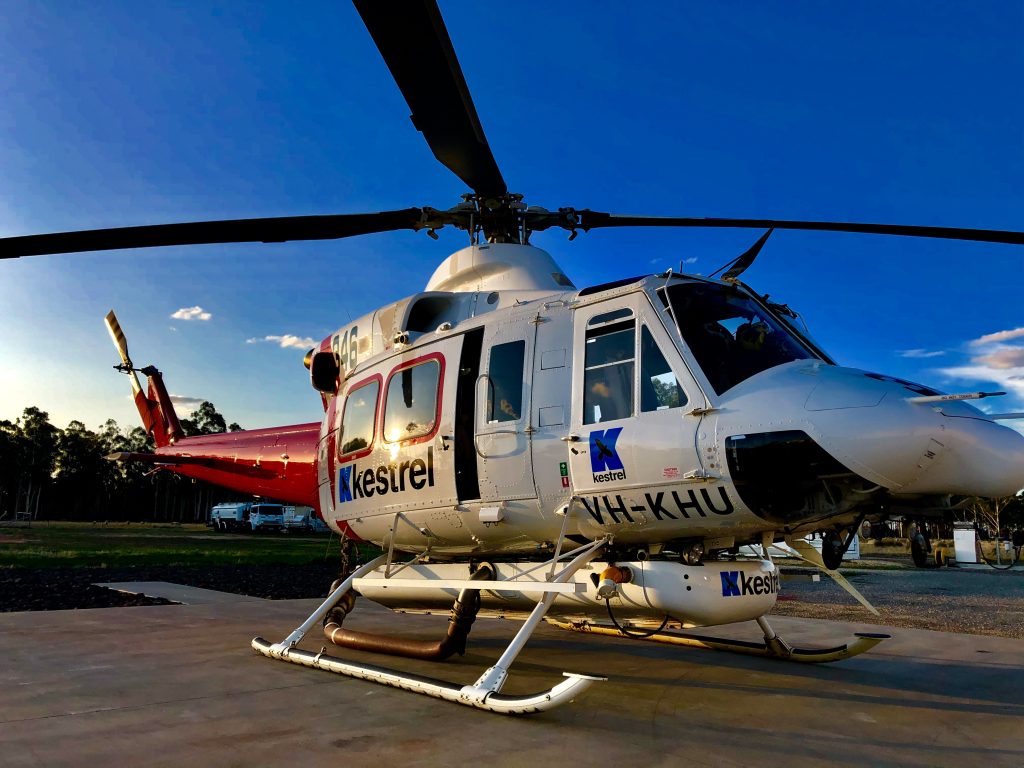
Podcast: Subscribe in iTunes | Play in new window | Download
Links from this week’s episode:
Support the podcast on Patreon
Kestrel Aviation Website
(Photos supplied)
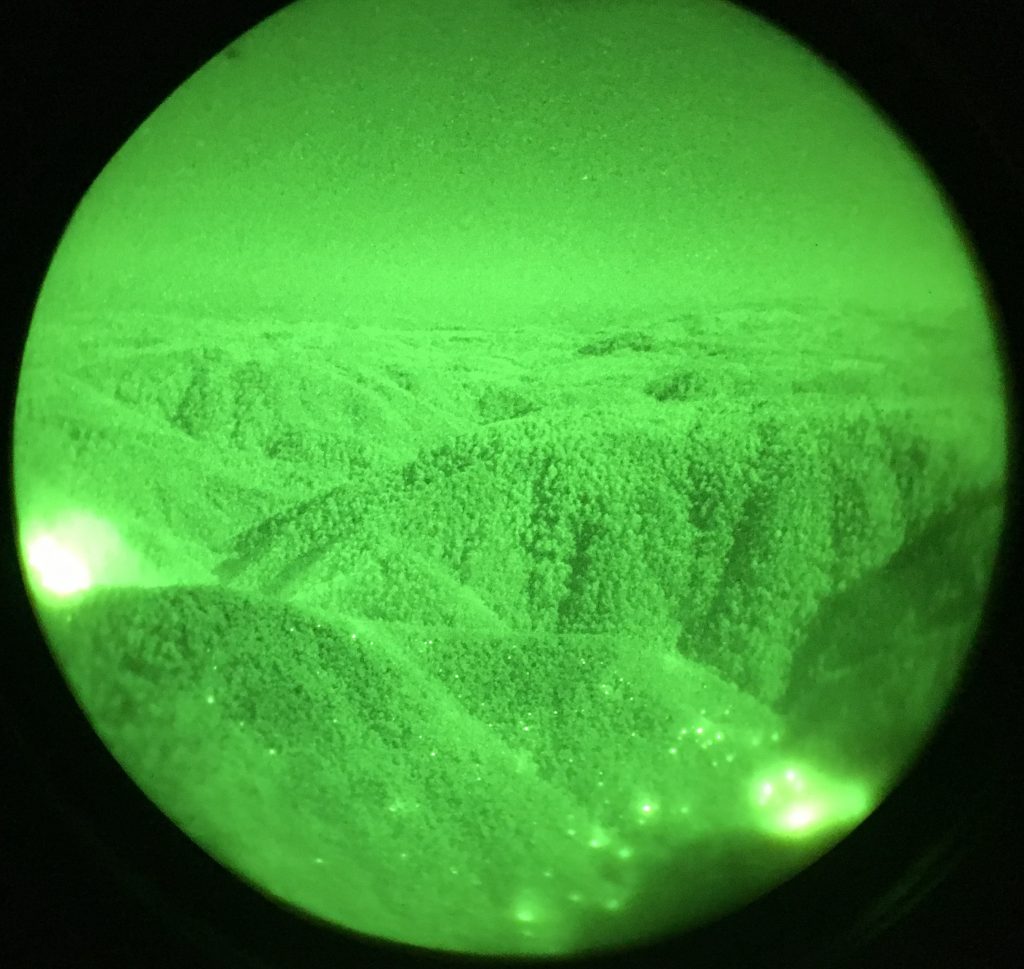
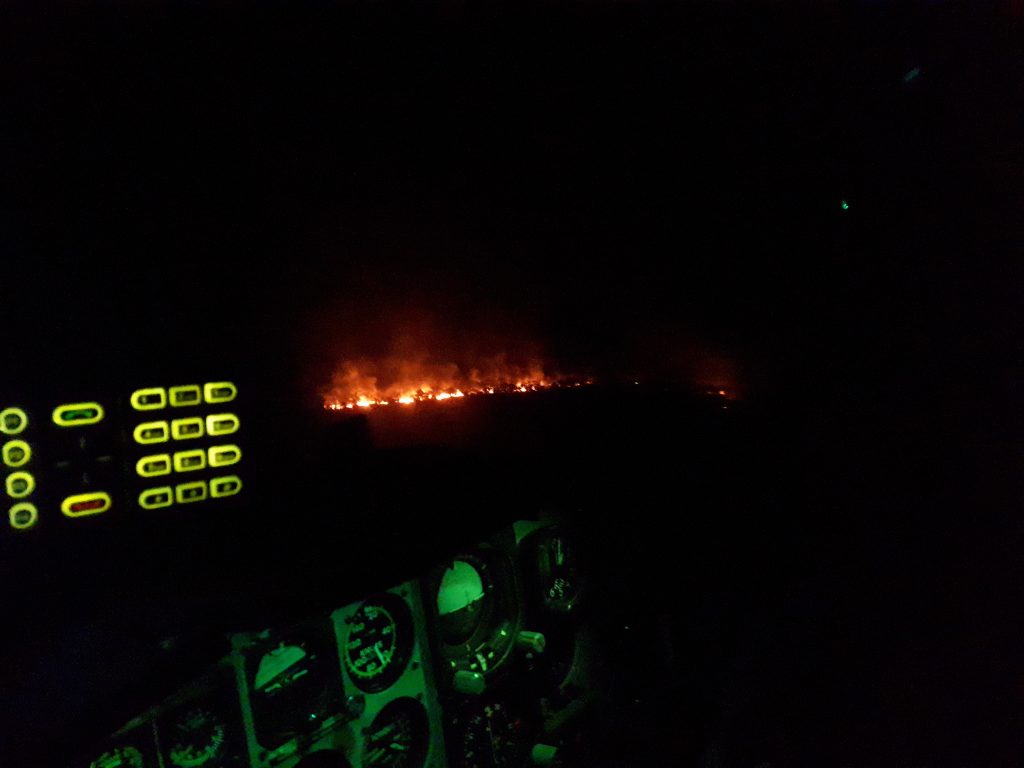

Do you have a question for Richard and the Kestrel crews about night firefighting? Be part of the conversation by leaving a comment below.
